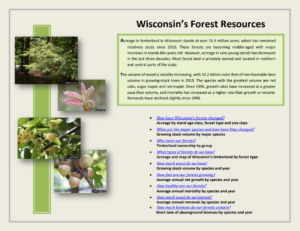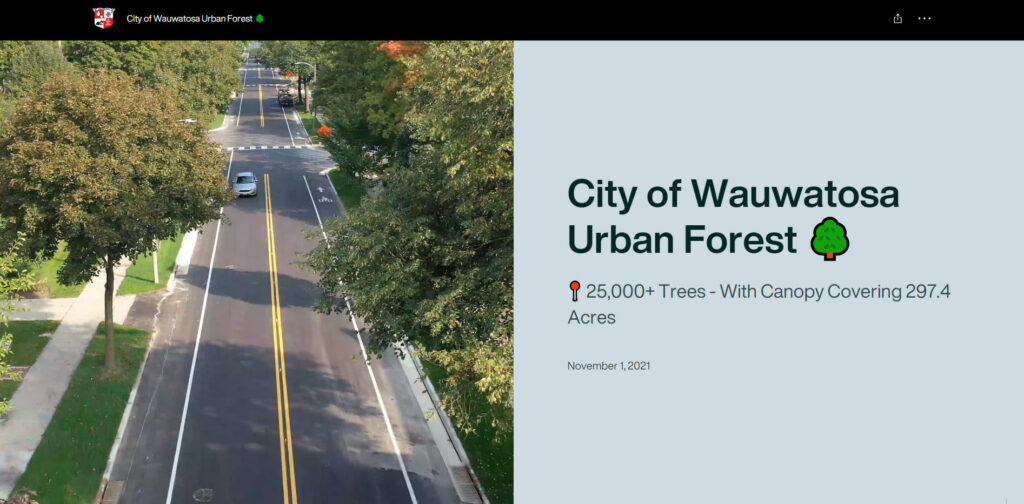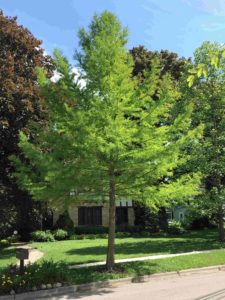By Brian Anderson, forest inventory analyst, Rhinelander, 715-499-3291
Every year, the forest inventory data from the USDA Forest Service’s Forest Inventory and Analysis (FIA) program is assessed to track trends in Wisconsin’s forest resources. This information is summarized in several reports. The Wisconsin’s Forest Resources report gives a broad overview of the current state of —and trends in — Wisconsin’s forests over time, including easy-to-read figures and tables. Furthermore, it provides links to other more detailed tables, including acreages of forest types and timberland by attributes such as county, stand-size class, and ownership.
In addition to the resources report, all major species in the state are summarized. The summaries include key trends, including changes in volume, and tree numbers by size and diameter class. The summaries provide details on where specific species grow, by both state region and habitat-type group. Managers and industry personnel will also find pertinent information, such as net growth, mortality, and harvest removals over time. Finally, key health issues are summarized for a given species and projections are given for growing-stock volume over the next 40 years.
Check out the statewide summary, species reports, and other specific data tables in our Annual Reports and Publications hub.
 Over the past few years, the Wauwatosa Forestry Department has been working with the City’s geographic information system (GIS) manager to inventory City trees into a GIS database.
Over the past few years, the Wauwatosa Forestry Department has been working with the City’s geographic information system (GIS) manager to inventory City trees into a GIS database.

 The US Forest Service and several key partners are offering an on-line training program called the
The US Forest Service and several key partners are offering an on-line training program called the 